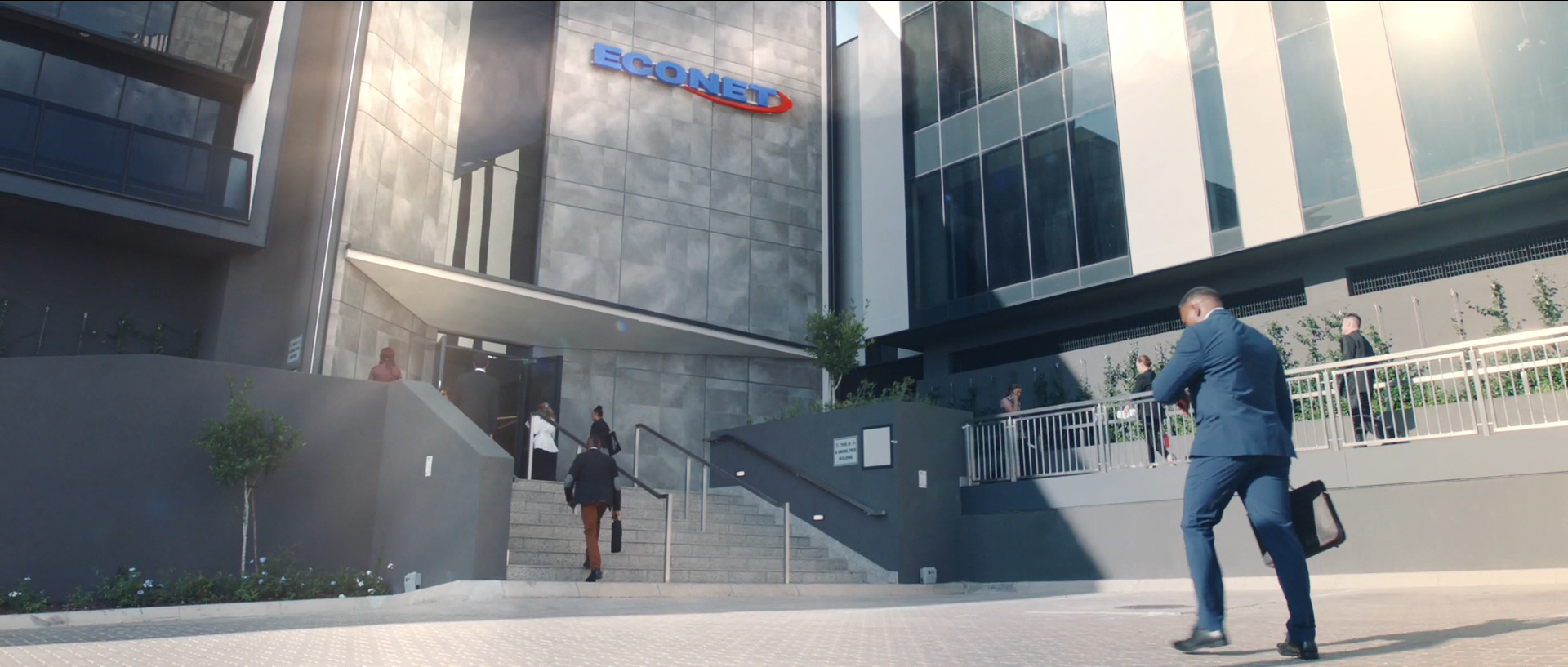First quarter economic review
The country would be able to harvest enough to take it to the next agricultural season following the good rains with an expected harvest of as much as three million tonnes of grain.
It’s been a while since I wrote Taking Stock after taking a few weeks’ break from work.
While I spent the last month of the first quarter away from the madding crowd, key events did not escape me.
In terms of capital markets, the stock exchange performed exceptionally well during the period with the Zimbabwe Stock Exchange’s market capitalisation closing the first quarter at $531 billion, a 67 percent gain year-to-date.
With the exchange rate, either parallel or official, largely unchanged, that’s not less than a 60 percent return in US$ terms. Investors, including individual investors who are fast choosing the stock market as an investment option, have got nothing to complain about — certainly as far as average returns are concerned in the first quarter.
The $9,5 billion that has been invested so far in the year, is a record high for the ZSE since re-introduction of the local currency.
However, the most buzzing story during my sabbatical is probably the fact that for the first time in years, Zimbabwe is likely to have a bumper harvest. The country would be able to harvest enough to take it to the next agricultural season.
This is after the heavens smiled on us and gave us good rains. It looks like we fully took advantage and made the most of it. Figures have been thrown around that we could harvest as much as three million tonnes of grain.
But without risking counting our chickens before the eggs hatch, we will justify the bright prospects by the number of hectares put under crop. According to the Permanent Secretary in the Ministry of Agriculture Dr John Bhasera, more than 1,9 million hectares were put under maize.
That’s 24 percent more than the previous season. Hacterage for sorghum and pearl millet also went up by 15 and 26 percent respectively. This should guarantee us a good harvest given the good rains. If we become grain self-sufficient, we could save as much as US$400 million from imports.
The mining sector, which is forecast to be another economic anchor this year, is not doing so well in terms of production.
I am not sure how it panned out for the rest of the first quarter, but the first month of January was bad. Gold in particular has been disappointing.
According to official statistics from Zimstat, gold export earnings took a huge knock with semi-manufactured gold earning the country just US$55,7 million down from US$105 million the previous month of December.
January 2021’s gold export earnings are also lower than those of January 2020 at US$104 million. We have to go back to November 2018 when gold exports earned US$47,5 million to find gold earnings that were below the US$55 million recorded in January.
The mining sector also experienced a significant drop in exports of Nickel Mattes which stood at US$39,5 million, the lowest in 12 months down from US$149 million worth of Nickel Mattes exported earnings recorded in December 2020. In January 2020, US$48,9 million worth of Nickel Mattes were exported.
Crisis of expectations
The monetary sector, the exchange rate in particular, was a major concern during the quarter. While the official exchange rate was resilient, depreciating from 83 to 84, prices in the economy were for the better part of the quarter indexed to parallel market rates, ranging between 120 and 130.
While these rates are not far removed from those in December 2020, what is concerning is the number of entities that are now using them for pricing. The bulk of the economy is now enjoying or painfully paying elevated premiums.
What is also worrying is the crisis of expectations. Government and the monetary authorities at the reserve bank believe entities that have managed to access foreign currency at the auction should also price at auction rates.
This has not been happening and the question to ask is why are those expectations not being met. One school of thought is that most economic players are not accessing forex from the formal market. But this has however, not been supported by facts and figures.
Government believes only 10 percent of forex is trading on the parallel market. This could be true, but it might also be misleading. Government itself does not know at what exchange rate, exporters and banks are trading at.
There is a possibility that banks are not sticking to the margins that are stipulated. While the trades are using formal channels, there could be cheating of the system, with formal records disguising the actual rates currency is being exchanged at.
The other school of thought is that as much as some companies are getting forex from the auction, these only cater for raw materials and other things with foreign invoices. But what percentage are those to the whole cost structure of a business?
What exchange rates are being used to charge for other goods and services being procured locally.
If raw materials procured through forex from the auction account for 20 percent of the cost of production, should one be compelled to charge at auction rates when 80 percent of the costs are being levied at 120?
We have a crisis of expectations and business and government need to find a common ground.
The 2021 Monetary Policy Statement was also presented during the first quarter. One would describe it as lukewarm although some would say it was consistent with policies earlier announced.
We now have regular updates from the Monetary Policy Committee so most of the MPS 2021 measures were in line with what had been said before.
Judging by the latest resolutions from the newly appointed MPC, the idea, for now, is to continue on the same path as last year.
Despite growing calls that the auction system, and the interest rate regime are no longer sustainable, the MPC made the following resolutions to buttress measures already announced in the February 2021 Monetary Policy Statement.
The reserve money quarterly target growth was kept at 22,5 percent.
The Bank policy rate and the Medium-term Bank Accommodation (MBA) Facility rate were at 40 percent and 30 percent, respectively. The MPC also resolved to put a 10 percent cap on the interest rate at which banks can on-lend the proceeds from the MBA Facility.
The foreign currency auction system will continue as before.-ebusinessweekly.co.zw











